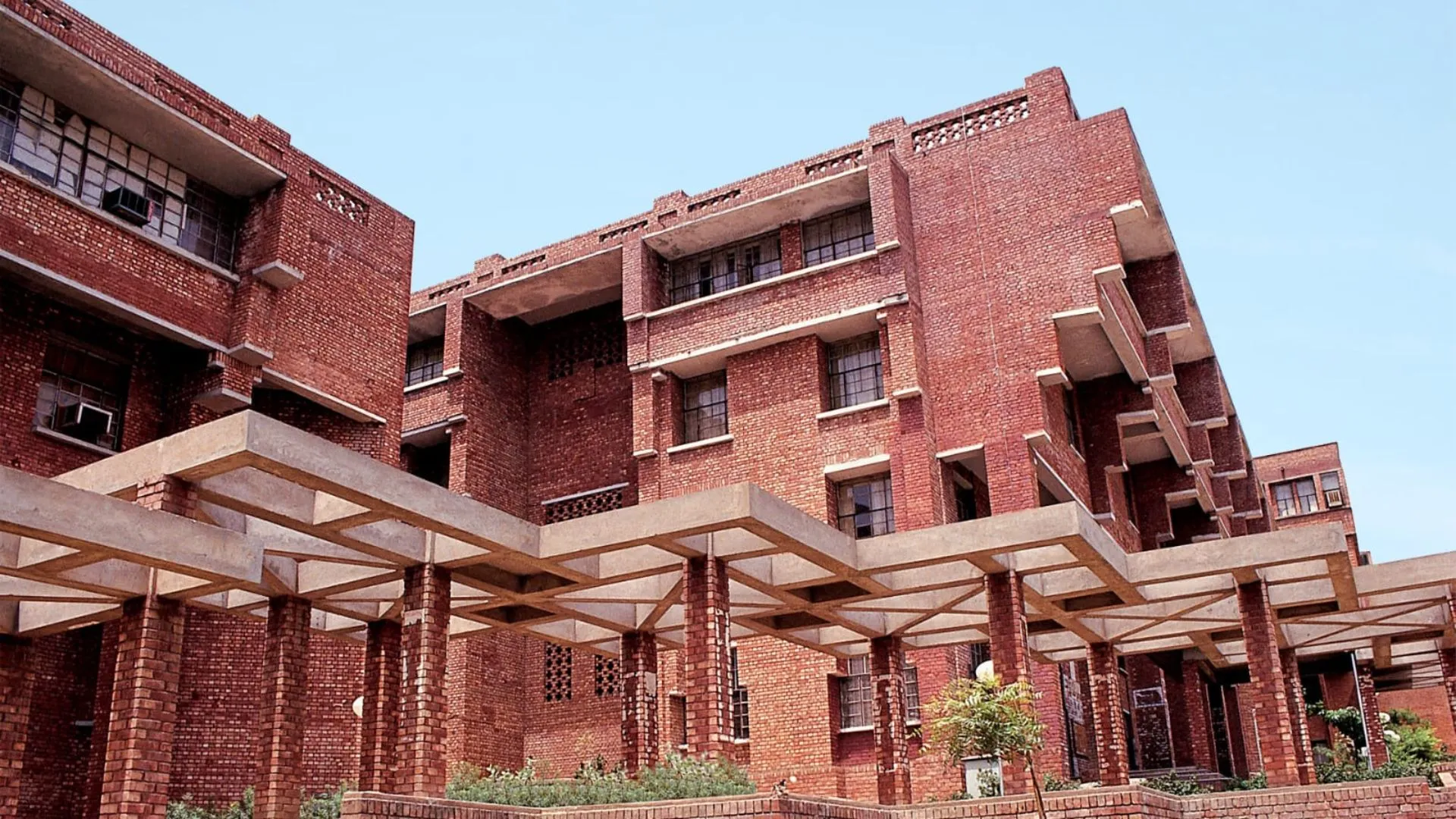In a land as vast and variegated as India, architecture cannot merely be understood as the art or science of building. Here, it serves as a living archive—etched in concrete, brick, stone, and increasingly, glass. It is a reflection of the country’s aspirations, its anxieties, and above all, its resilience. Five Decades of India’s Built Environment, a landmark documentary presented by the CP Kukreja Foundation for Design Excellence, delves into this very premise. More than a film, it is a journey through the nation’s evolving identity, as seen through the shifting silhouettes of its built spaces.
Steering away from the pedantic or overtly technical, the film proposes a far more profound question: what if architecture were not simply a response to function or form, but an active participant in the social, political, and environmental metamorphoses of a country? This is not a catalogue of iconic structures or a timeline of stylistic transitions; it is a meditation on the built environment as both mirror and maker of modern India.
At the heart of this exploration is Arunima Kukreja, Founding Director of the CP Kukreja Foundation, whose vision has given shape to this cinematic odyssey. Alongside her, the film features insights from Dikshu C. Kukreja, Managing Principal of CP Kukreja Architects, whose practice and pedagogy have significantly contributed to shaping the architectural discourse in India. Lending voice, vision, and direction to the narrative is R. Gaur—architect, archivist, and the film’s director.
The documentary opens in the long shadow cast by the British Raj. It was a time when India’s urban centres were dominated by imperial architecture—deliberately monumental, spatially hierarchical, and culturally dissonant. Buildings such as the Victoria Memorial in Kolkata or Lutyens’ Delhi were designed not merely to house institutions but to assert colonial dominance. Post-1947, as the country woke to freedom, a new architectural vocabulary was urgently needed—one that could both house a nation in flux and symbolise the democratic ethos it now aspired to.
Architecture, in those early decades of independence, was an act of nation-building—sometimes literally. Jawaharlal Nehru, India’s first Prime Minister, famously asserted that “dams are the temples of modern India”, but one could extend this metaphor to include public housing, educational campuses, and civic institutions. It was during this time that modernism took root, transplanted not as an aesthetic import but as a pragmatic ideology. Architects like Achyut Kanvinde and Habib Rahman began to apply the principles of functionalism to Indian conditions, producing structures that were utilitarian, climate-responsive, and socially equitable.
By the 1970s and 80s, the modernist impulse began to give way to more introspective practices. If the previous decades had focused on breaking from colonial forms, these years were about reclaiming and reinterpreting India’s own architectural traditions. Figures like B.V. Doshi and Anant Raje began to question the universality of Western modernism, instead infusing their work with regional vernaculars, indigenous materials, and culturally resonant spatial patterns. Their buildings were neither pastiche nor protest, but something more nuanced—a modernism of the soil.
It is within this epoch that CP Kukreja Architects’ work at Jawaharlal Nehru University (JNU) emerges as a seminal moment in the history of campus architecture. Rather than imposing an alien grid onto Delhi’s rugged terrain, the campus plan responded to the undulating topography, producing a built environment that was as much a part of the landscape as it was apart from it. Here, architecture was not about dominion over nature, but dialogue with it.
The liberalisation of India’s economy in the early 1990s heralded another tectonic shift—not just economically, but visually. Cities once defined by stone and stucco suddenly found themselves wrapped in glass and aluminium. The race to globalise our skylines was swift, ambitious, and at times, disorienting. Amidst this aesthetic upheaval, projects like Ambadeep Tower, designed by CP Kukreja, offered a counterpoint—embracing the high-rise form while rooting it in tradition through the evocative use of jaali motifs drawn from Mughal architecture. It was a balancing act between speed and soul, between ambition and authenticity.
As the documentary enters the new millennium, it turns its gaze to the ecological and ethical responsibilities that have come to define contemporary practice. No longer can buildings be viewed in isolation from their environmental impact. Architecture today must confront the realities of climate change, urban density, and socio-spatial inequality. In this light, projects like Pathways World School—a platinum-rated green campus nestled in the Aravalli hills—represent a paradigm shift. Designed with a central waterbody, passive cooling systems, and open-plan learning environments, the school is a living example of how sustainability can be seamlessly integrated into the pedagogy and poetics of space.
Yet perhaps the most poignant segment of the film is its treatment of the post-pandemic world. The COVID-19 crisis revealed, with tragic clarity, the fragilities of our urban systems. It forced architects and planners to reckon with questions that had long been deferred: how do we build cities that care for mental health, that foster community resilience, that ensure equitable access to green and open spaces?
In response, a new generation of architects—figures like Anupama Kundoo and Vinu Daniel—have emerged, championing regenerative design practices. Their work with reclaimed materials and vernacular methods signals a return not to the past, but to timeless wisdom—one that recognises the earth not as a resource to be mined, but a legacy to be honoured.
Ultimately, what renders Five Decades of India’s Built Environment essential viewing is its refusal to treat architecture as static. It presents buildings not merely as objects of aesthetic admiration but as living organisms—embedded in the political, environmental, and cultural metabolism of India. Each structure is a story; each space, a statement.
The film invites architects, planners, students, and citizens alike to reconsider the built environment not as a backdrop to national history but as its protagonist. For those invested in the future of our cities, in the preservation of our past, and in the ethics of our present, this documentary offers not just insight, but perspective.
Presented by the CP Kukreja Foundation for Design Excellence, the film is now available for public viewing online.























